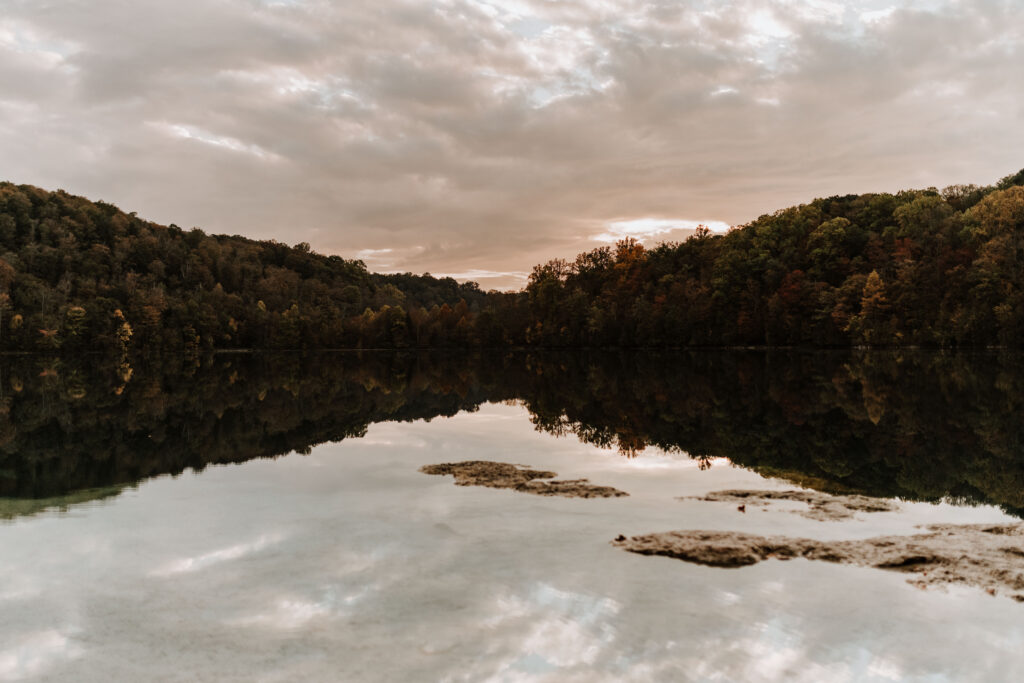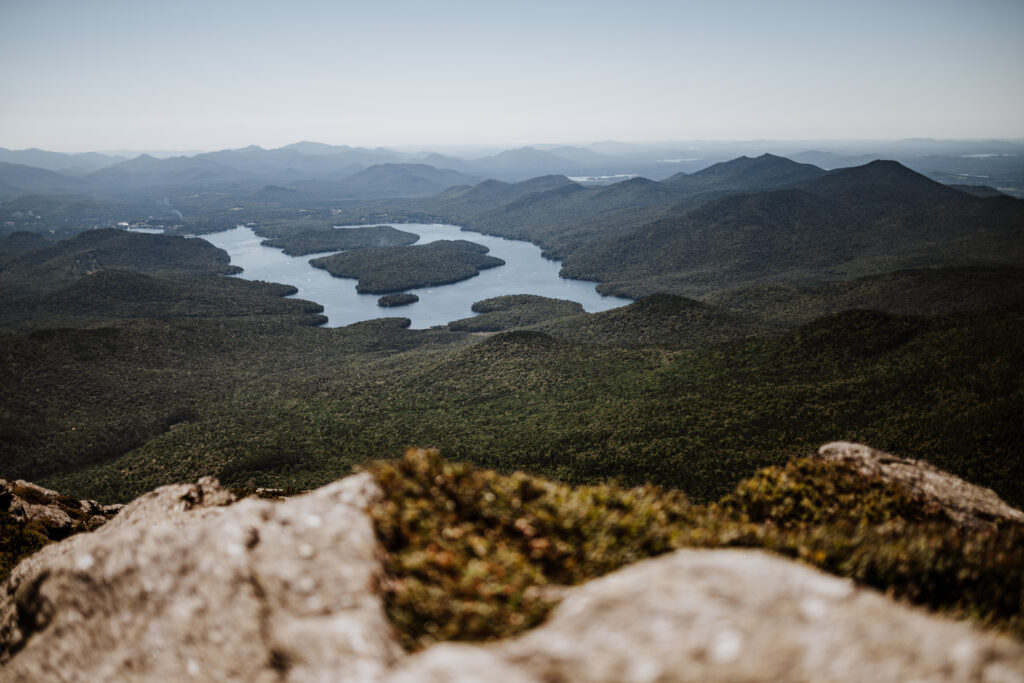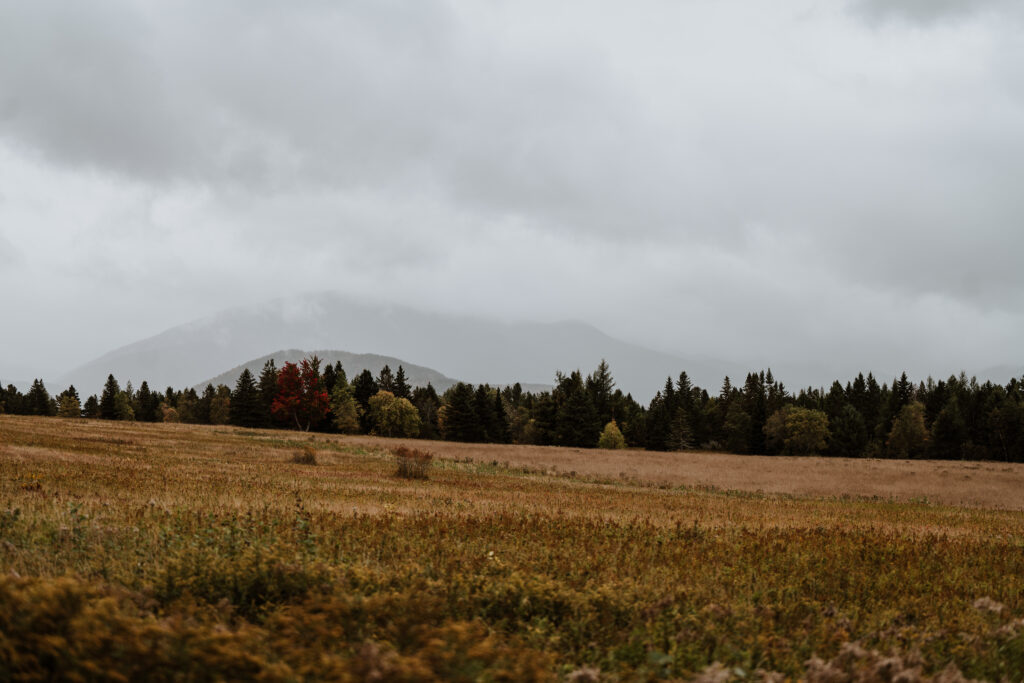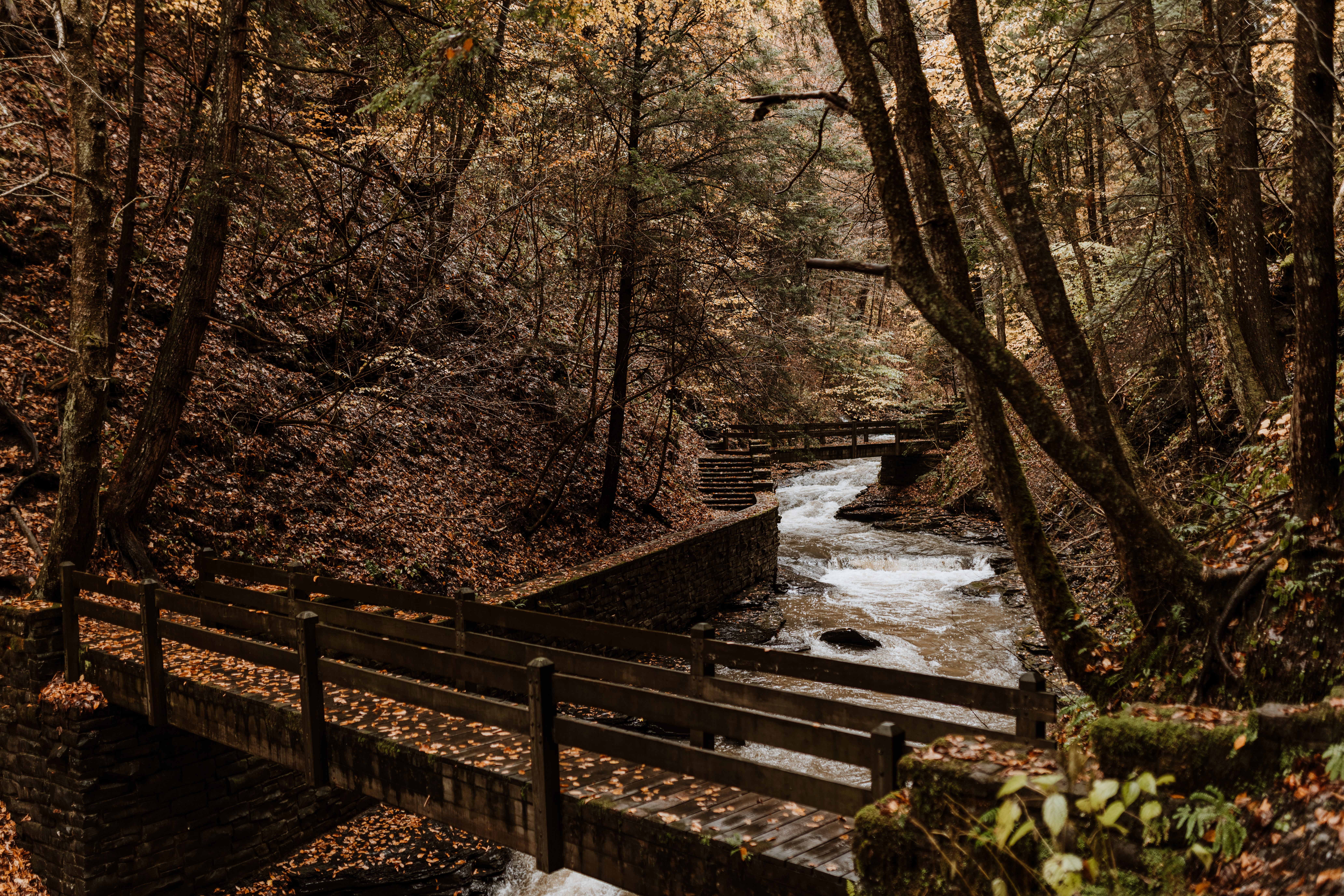With an incredibly diverse landscape, eloping in New York can mean exploring breathtaking locations. But, we want to preserve these wild locations so that they can be enjoyed in the future. What I’ll talk about here is something that should be come inherent in our behaviors when enjoying wilderness, natural parks, or the outdoors in general.

What is Leave No Trace?
Leave No Trace (LNT) is a set of principles created in the 1960s in response to the increasing impact of humans on the environment. Yeah, it’s been around for a hot minute. The idea behind LNT is particularly simple. When we visit natural areas, we should take steps to minimize our impact so that future generations can enjoy those same spaces.
Leave No Trace 7 Principles
- Plan Ahead and Prepare
- Travel + Camp on durable surfaces
- Dispose of Waste Properly
- Leave What You Find
- Minimize Campfires
- Respect Wildlife
- Be Considerate of Other Visitors
I strongly encourage everyone to become familiar with the Leave No Trace 7 Principles. The more that we all do together, the larger our impact (in this case minimization of impact) will be.
I am a certified Leave No Trace Photographer. What does that mean? It means that I passed a course and earned credentials on my understanding and practices of outdoor ethics. Protecting natural spaces is so incredibly important to me because I’m in the outdoors nearly every day, sometimes in some absolutely incredible places. Because of that, I want to make sure that we protect the only home that we’ve known.

Social Media is Incredibly Damaging
Not just to our self esteem, or mental health either. Social media has become an increasingly powerful force in shaping our lives, including the way we interact with and perceive the natural world. While it’s become a handy way to connect with others and share experiences, it continues to damage countless spaces.
Through the promotion of unsustainable behaviors, such as leaving marked trails to get the “perfect shot”, damage happens. Things like damage to fragile vegetation, soil erosion, and disruption of wildlife habits. Furthermore, some social media users may engage in activities that are prohibited or harmful to the environment. Things such as littering, starting fires in undesignated places, or harassing wildlife.
Social media has also contributed to the overcrowding of natural spaces, as people flock to these popular locations they see. Increased foot traffic can damage sensitive ecosystems. Increased vehicular traffic leads to higher emissions in the area, which can impact local weather patterns. The need for wider roads or parking lots to accommodate the visitors also happens. Lastly, if the natural area is a significant location for animals, such as migratory birds, it can absolutely destroy their migration pattern.
Why Should You Care about Leave No Trace when Eloping in New York?
When it comes to the environment, our actions really are significant. While someone may think taking a piece of the environment for their own keeping is fine—it’s not. Over time, especially if other people continue to do the same, irreparable damage happens. The natural space may close to the public in order to protect it.
When you harm a natural space in such a way, you’re also harming the local community. Those who live in the area that may rely on the environment for their livelihoods.
How amazing would it be to elope in a stunning location, and then return 10, 15, or 30 years later? To the same spot to find it still beautiful, still wild, and still open to the public? Or maybe your child or grandchild is eloping in New York because your love story inspired them to. In the exact same location. And they’re able to do so.
Way back in the days
Dr. Seuss, The Lorax
when the grass was still green
and the pond was still wet
and the clouds were still clean
Steps You Can Take to Leave No Trace While Eloping in New York
- Choose a designated elopement location. Opt for a location that you know is for elopements. This can help minimize your impact on the environment by directing foot traffic to an established location rather than creating new paths or disrupting wildlife habitats.
- Stick to the trails. If you plan on hiking to your elopement location, stick to established trails and avoid creating new paths. This helps prevent soil erosion, protects fragile vegetation, and minimizes disturbance to wildlife habitats.
- Pack out what you pack in. Bring all of your own supplies, including food and drinks, and make sure to pack out everything you bring in. This includes all trash, leftover food, and any other items that you bring with you. Leave the site cleaner than you found it.
- Use biodegradable products: Choose biodegradable products, such as soap and shampoo, to minimize your impact on the environment. Avoid using any products that contain microplastics, which can have negative impacts on wildlife and ecosystems.
- Respect wildlife: When eloping in nature, it’s important to respect the natural wildlife around you. Avoid feeding animals or approaching them too closely, as this can disrupt their natural behavior and habitats.
- Be mindful of noise pollution. While celebrating your love is an exciting experience, be mindful of noise pollution and try to keep noise levels down. This can help minimize disturbance to wildlife and other visitors in the area.
- If you want to have flowers with you on for your celebration, opt for regionally native wildflowers over standard arrangements. We want to reduce potential impact of invasive or harmful flora on the local ecosystem.
- Leave nature as you found it. Finally, make sure to leave the site just as you found it, or even better than you found it. Avoid leaving any trace of your presence, including footprints, and try to leave the site as undisturbed as possible.

Eloping in New York, or any place in nature, can be a beautiful and wonderous experience. We want to care for nature so that she can continue to provide these spaces for us to admire.
If you’re ready to start talking about your own New York elopement, drop me a line and say hello.
